If you’re part of the running community then there’s a good chance you’ve come across the term ‘barefoot running.’ You might have seen it online. Moreover in a forum, or maybe a member of your local running club mentioned it. Truth be told, though, the concept has proved pretty polarising in the world of running, the people that are for it are definitely very much FOR it, and yet those that are against the idea are very much AGAINST the idea. With so much bias on both sides it can be hard to know where to stand, and so this article will be looking in detail at the pros, cons and reality of barefoot running.
First things first, what do we mean when we say barefoot running?
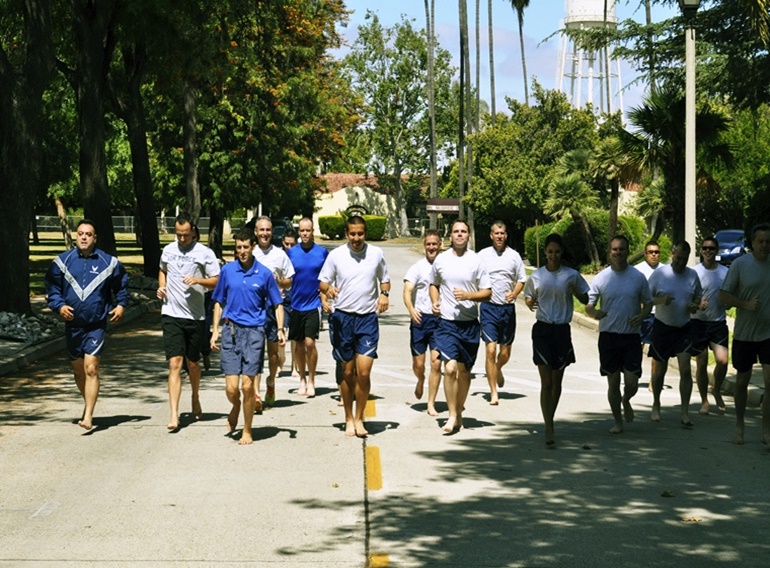
Barefoot, or natural, running is exactly what its name suggests, running in bare feet without the aid of shoes for support. The practice obviously has strong historical roots (we all must have run barefoot before shoes were invented), but up until recently there have been very few places that actively practice barefoot running. Today, however, there is a growing trend in barefoot running. Largely due to the widespread popularity of Christopher McDougall’s book ‘Born to Run,’ which promoted the idea.
Won’t it hurt your feet?
Barefoot running in urban environments is definitely not advised. The widespread use of plastics, metals and other man-made objects makes the risk of cuts and bruises too high.
However, some companies such as vivobarefoot and vibrams have developed minimalist running shoes that protect the foot from outside objects without providing any support that would interfere with the barefoot running style. Prices tend to range from £70-150, much like traditional running shoes.
How do the shoes work?
They use a lightweight yet strong material to prevent punctures and protect the feet. They are also usually made from a non-marking rubber compound. That means that they can be worn on a variety of surfaces and provide good amounts of grip.
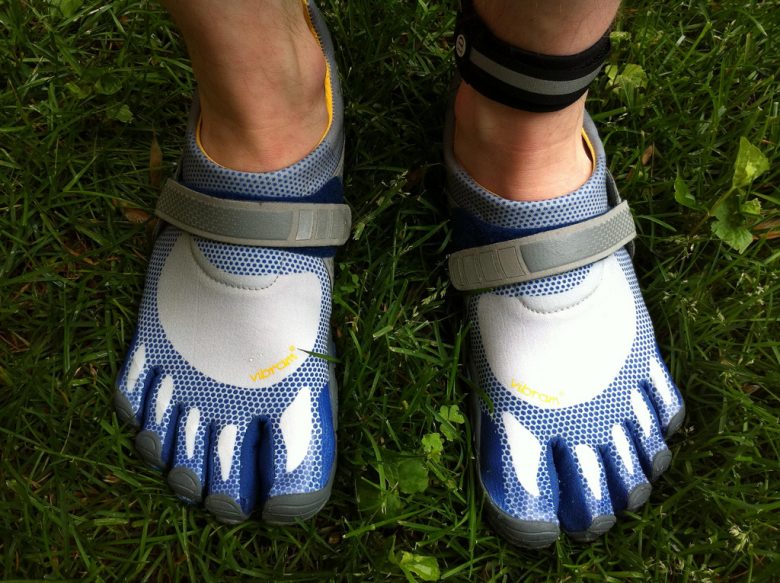
Some examples of successful barefoot runners
Bruce Tulloh, a British runner, competed in various races barefoot during the 1960’s, including the 1962 European Games 5000m.
There’s also Shivnath Singh, an Indian runner known during the 1970’s for running barefoot except for tape on his feet.
In the 1980’s South Africa’s Zola Budd won the IAAF World Cross Country Championships. Furthermore, he has competed in the Los Angeles Olympic Games, both of which she did barefoot.
However, it’s also important to remember that there are plenty of world class runners that use traditional running shoes. Meaning that it’s the person rather than the shoe that makes an elite level athlete.
A great example of this is Ethiopian runner Abebe Bikila, who won the 1960 Olympic Marathon barefoot, followed by the 1964 Olympic Marathon in traditional running shoes.
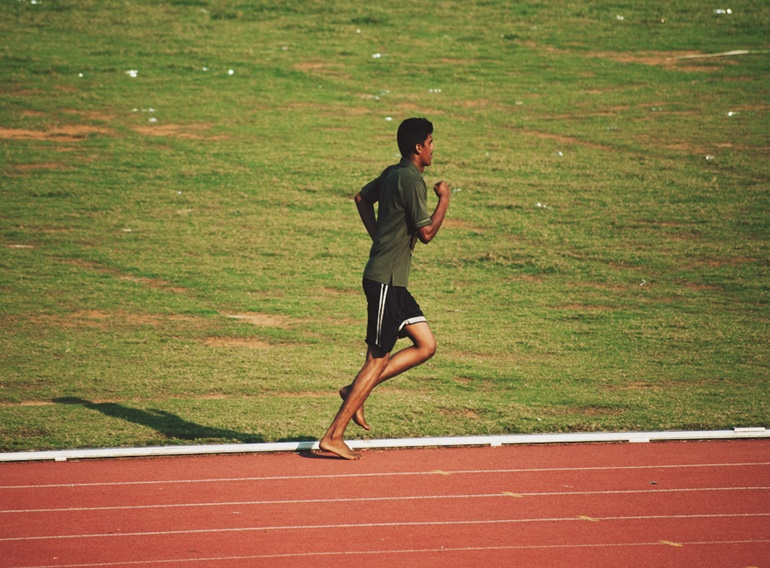
Are there any LIKELY advantages?
Although there might be quite a few claims about the advantages of barefoot running many of these are purely theoretical and have yet to be proven in any scientific study or test. Here’s some of the actual research so far
Most research has suggested that the main difference between barefoot running and running in traditional shoes is that the barefoot running technique allows for a better absorption of shock from landing due to an altered foot strike. To be specific, barefoot runners tend to use the middle and balls of their feet to contact whereas shoe runners tend towards striking with their heels. Linked to this, barefoot runners also have shorter but more frequent strides. This can help to reduce the issues associated with repetitive shock absorptions.
Barefoot running may also be more efficient, with some studies showing that barefoot running uses around 4% less energy. This may be explained by the increased usage of muscle elasticity and the stretch shortening cycle.
There have also been some studies suggesting that the longitudinal arch of the foot adapts to barefoot running (by shortening) allowing the foot to essentially ‘dampen’ some impact and reduce stress on the plantar fascia.
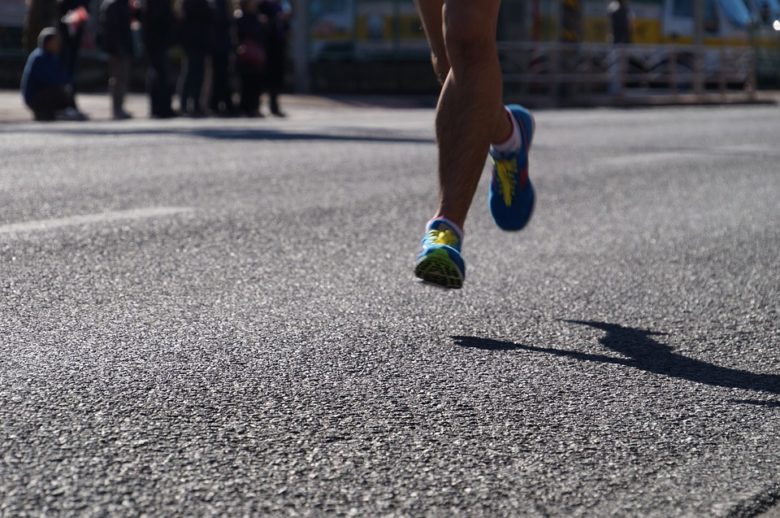
Are there any LIKELY disadvantages?
Some of the main issues associated with barefoot types of running areachilles tendinitis, pulled calf muscles and metatarsal stress fractures. Most of these injuries have been shown to occur due to improper (i.e. too fast) transition from shoe based to barefoot running.
It is also worth noting that the American Diabetes Association recommends against barefoot running for diabetics and others with a reduced sensation in their feet. This recommendation seems to come from concerns over increased risk of injury. However, it’s hard to say what research they drew upon to make this conclusion.
Another recent study also interestingly found that heavier runners, especially those considered as overweight, were at an increased risk of injury from minimalist shoes when compared to more traditional running footwear.
Some professional runners can deal with being in pain cave mode to achieve a goal, but for the rest running with any pain is not advised!
So what does this all mean?
Well, to be honest, it means that the jury is very much still out on the topic of Barefoot running. In theory, there are a few potential benefits, yet at the same time, there are also a few potential drawbacks.
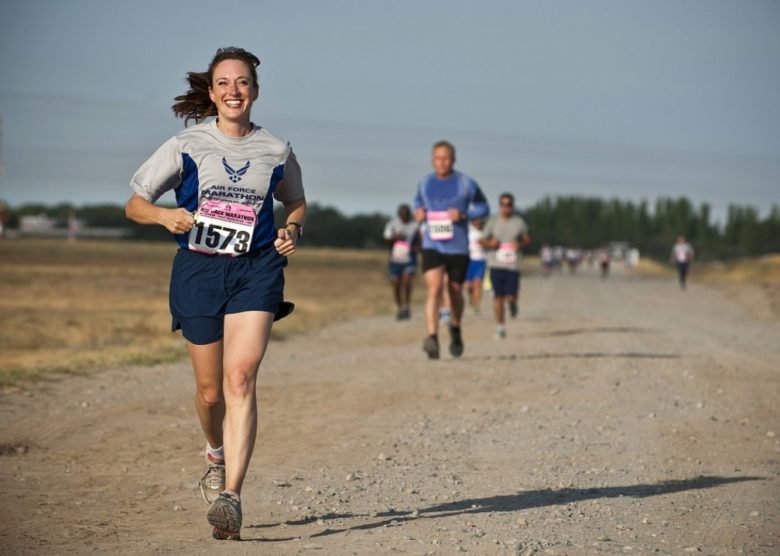
The main thing you need to take away from this is that you shouldn’t listen to any outlandish claims. Either for and against barefoot or minimalist running.
Should I run with traditional shoes or go barefoot/minimalist?
This honestly comes down to personal preference. If you’ve always run in traditional running shoes pain-free then I recommend continuing to do so. However, if you’ve had any persistent issues or niggles (especially in your knees) then you might want to experiment with barefoot running.
Remember, though, transitioning to the barefoot running style takes time; your foot and calf muscles need to adapt. Most sources suggest allowing at least three months, and ideally closer to six months, to slowly adapt to the new style with very gradual increases in distance and frequency.
I hope this has answered some of your questions with regards to barefoot running. Like most things in life its not a simple story of good or evil, it comes down to your own personal experience and judgement.
Considering barefoot running? Let me know in the comments!

Different strokes for different folks… I had “barefoot” shoes for a bit, but found the footing awkward and was tripping over myself all the time.
I couldn’t agree more with you, Hannah! 🙂
Hi Agness, I am definitely a shoe person but I can see the benefits of going barefoot. Interesting post for sure.
Thanks, Cheri! 😉
As much as I love barefoot shoes, I’ve found that running with them only really works for me when I’m trail running. People always point out that humans ran barefoot for thousands of years without shoes, but fail to realize that they didn’t run on pavement. MUCH harder than dirt.
I agree with you, Kate! There is a huge difference between the past and now.